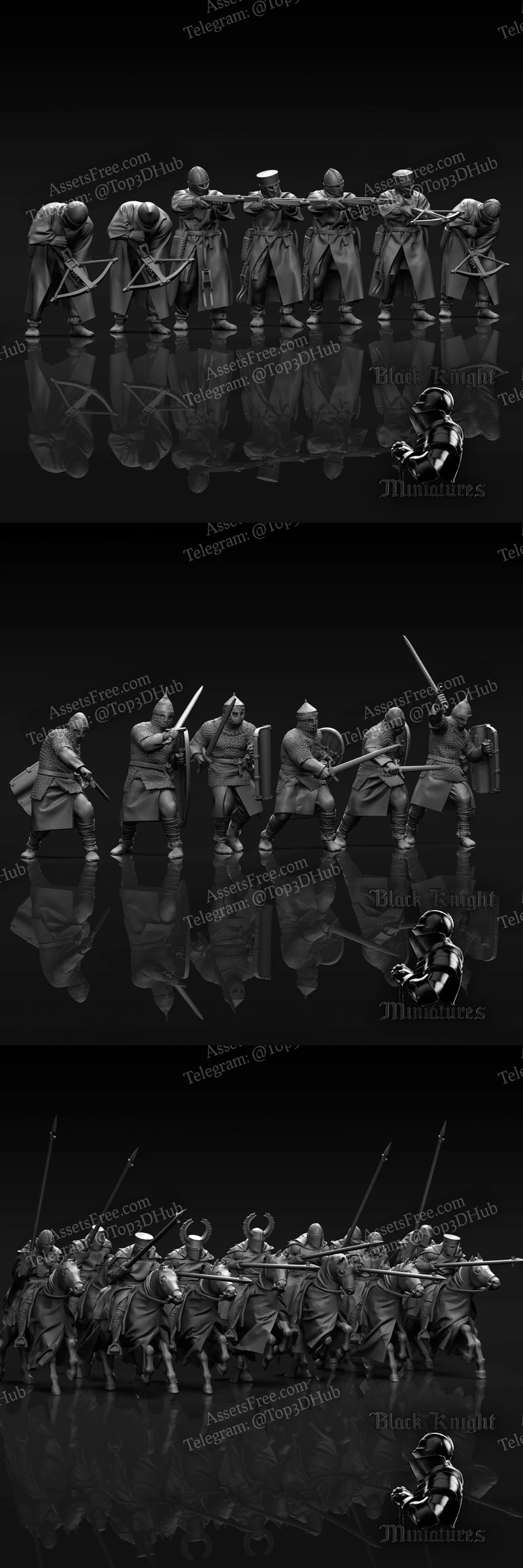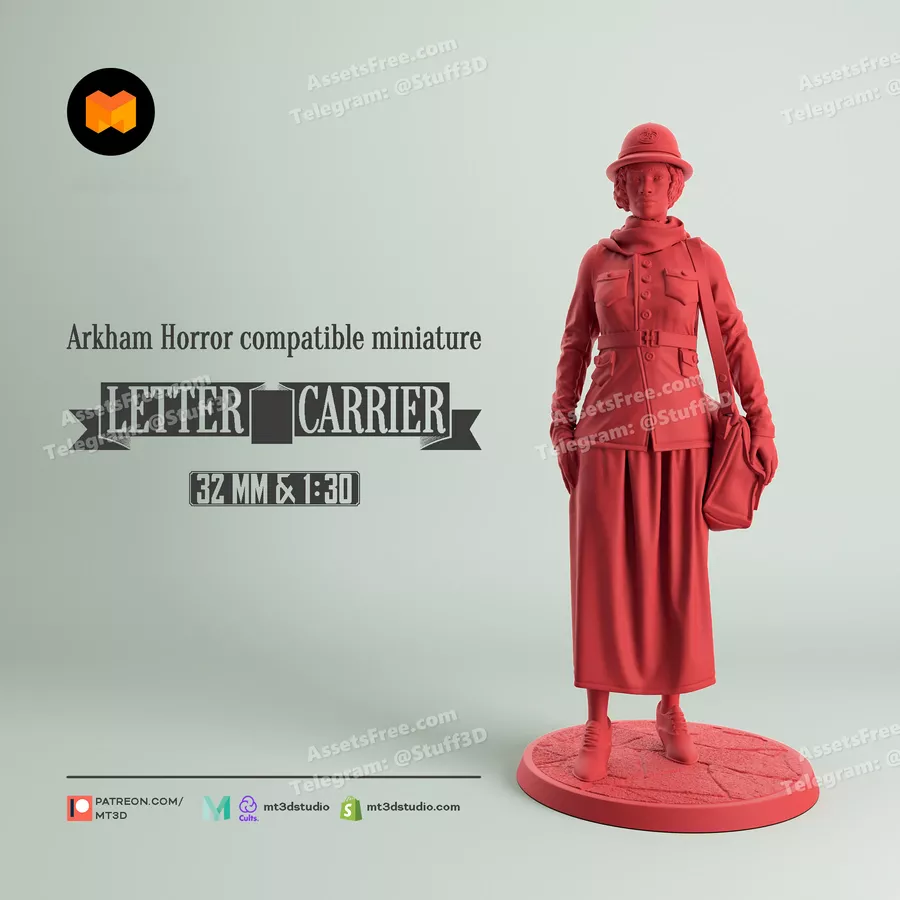Mounted Teutonic Knights, Teutonic Crossbowmen and Lithuanian Warriors
Mounted Teutonic Knights, Teutonic Crossbowmen and Lithuanian Warriors - 3D print model
Mounted Teutonic Knights, Teutonic Crossbowmen and Lithuanian Warriors – 3D print model STL
3D Print File Format: STL
A Clash of Steel and Faith: Mounted Teutonic Knights, Teutonic Crossbowmen, and Lithuanian Warriors
Throughout history, the Baltic region witnessed numerous clashes between various cultures and ideologies. One such encounter involved the formidable Teutonic Knights, a crusading military order from the Holy Roman Empire, and the valiant Lithuanian warriors, fiercely defending their pagan beliefs and lands. Let’s delve into the characteristics and roles of these historical combatants:
The Teutonic Knights:
Origins: Founded in 1198 in Acre, Israel, the Teutonic Knights were a monastic order dedicated to converting pagans and protecting Christians in the Holy Land. After facing setbacks in the Middle East, they shifted their focus eastward towards pagan Prussia and Lithuania in the 13th century.
Military Might: Renowned for their heavy cavalry charges and disciplined formations, the Teutonic Knights were clad in distinctive white armor emblazoned with a black cross. They wielded swords, lances, and other medieval weaponry with formidable skill.
Expansion and Conflict: Driven by religious zeal and territorial ambitions, the Teutonic Knights clashed with various Baltic tribes, including the Lithuanians, over several centuries. They established castles and fortifications to consolidate their control over conquered lands.
The Teutonic Crossbowmen:
Support System: As the Teutonic Knights’s primary ranged infantry, crossbowmen played a crucial role in sieges and open battles. Their heavy crossbows could pierce armor and inflict casualties from afar, softening up enemy formations before the knights’ charge.
Equipment and Tactics: Typically equipped with leather or mail armor for protection, crossbowmen were skilled in aiming and reloading their weapons with precision. They often deployed in coordinated volleys to maximize their impact on the battlefield.
Impact on Warfare: The widespread use of crossbows by the Teutonic Knights, including mounted crossbowmen, significantly influenced warfare in medieval Europe, highlighting the growing importance of ranged combat tactics.
The Lithuanian Warriors:
Fierce Defenders: The Lithuanians, a pagan people renowned for their bravery and resilience, fiercely resisted Teutonic incursions into their lands. They employed guerilla tactics, ambushes, and hit-and-run attacks to counter the knights’ heavy armor and cavalry charges.
Skilled Archers and Light Cavalry: Lithuanian warriors were adept archers, utilizing composite bows to harass and inflict casualties on the enemy. They also relied on light cavalry for swift maneuvers and flanking attacks, exploiting the terrain to their advantage.
Legacy of Resistance: Despite facing a powerful foe, the Lithuanians never fully succumbed to Teutonic rule. Their unwavering resistance and strategic warfare tactics ultimately contributed to the decline of the Teutonic Order’s influence in the region.
These are just glimpses into the complex history and characteristics of the Mounted Teutonic Knights, Teutonic Crossbowmen, and Lithuanian Warriors. Their clash of arms left an enduring mark on the Baltic region, shaping its cultural and political landscape for centuries to come.



